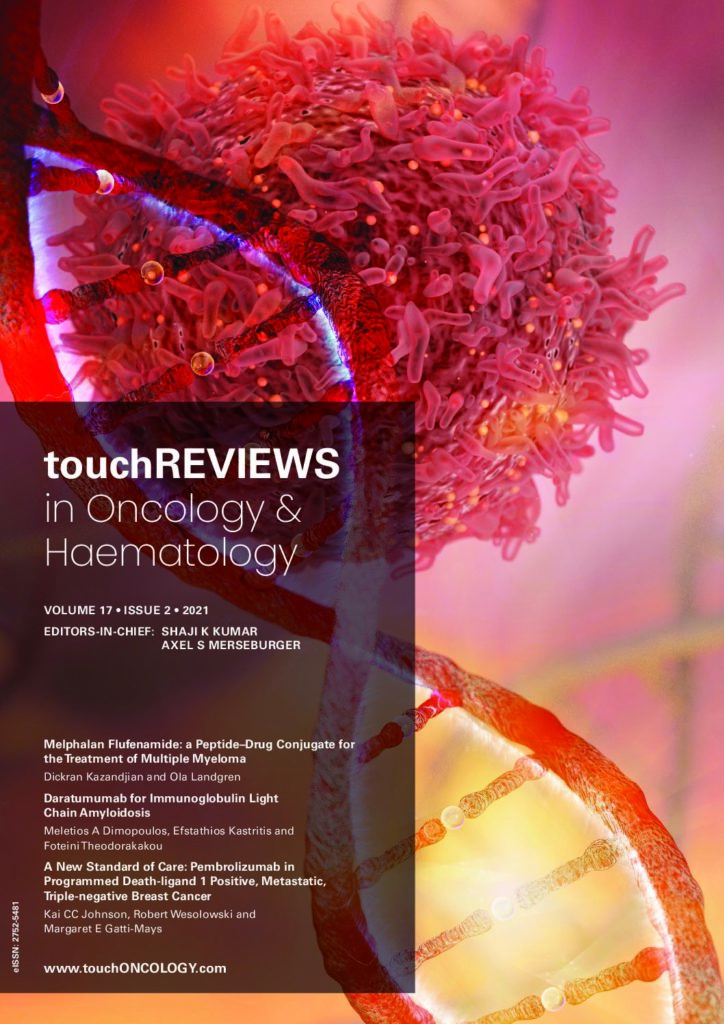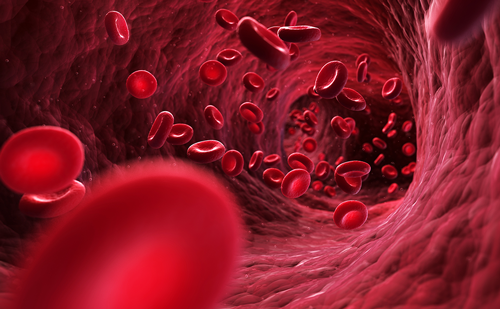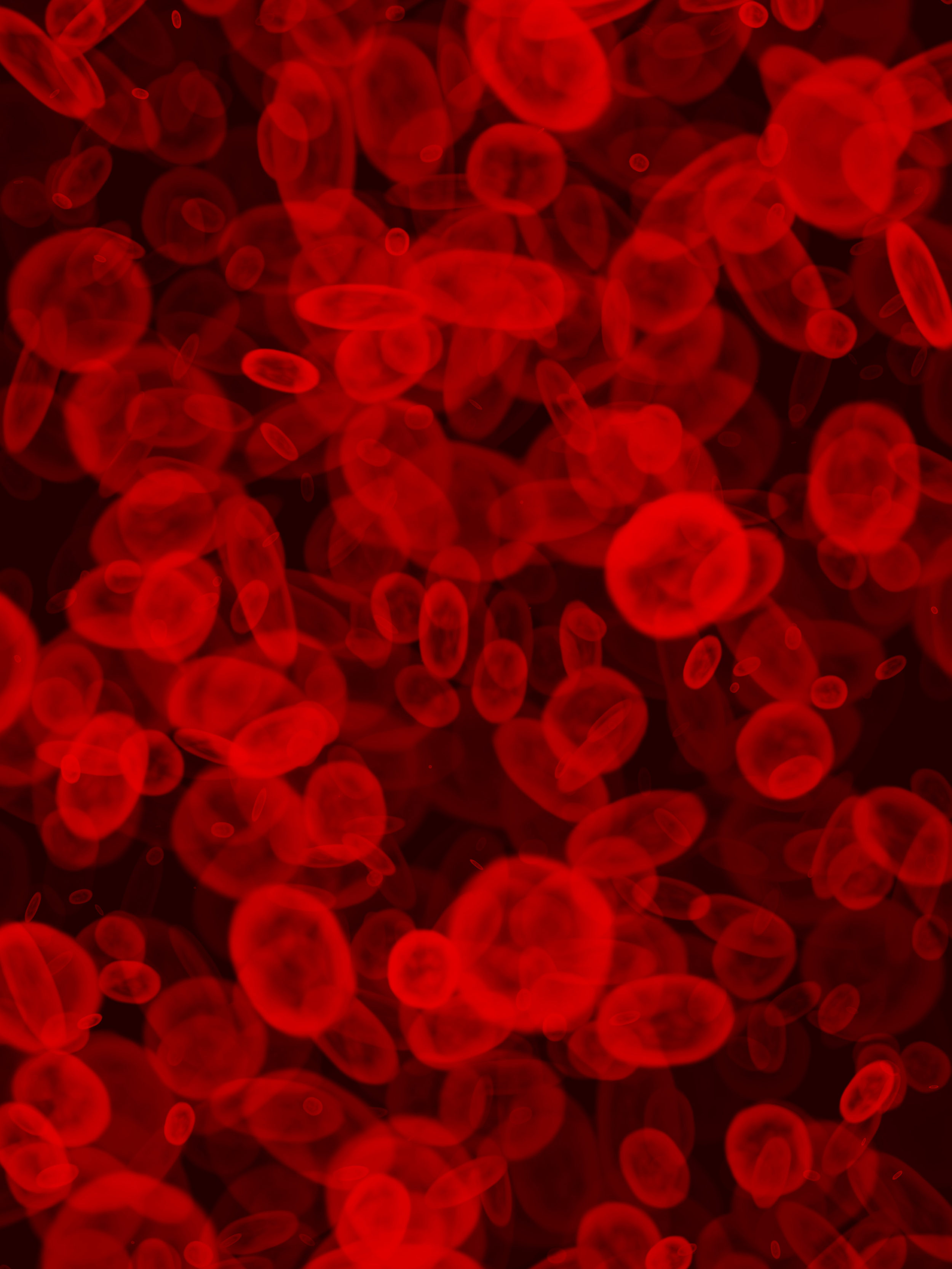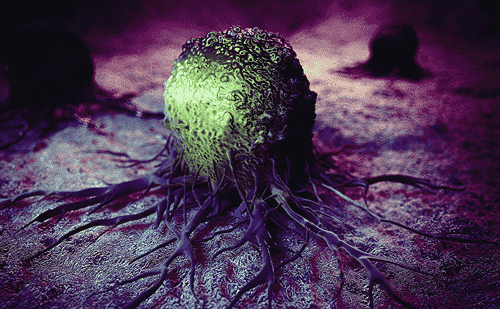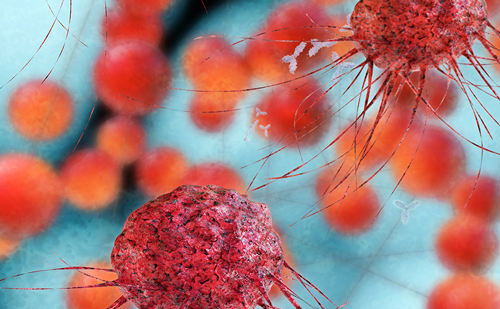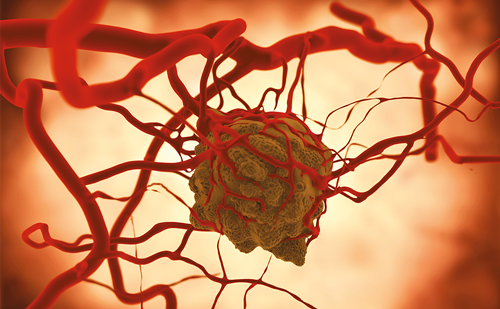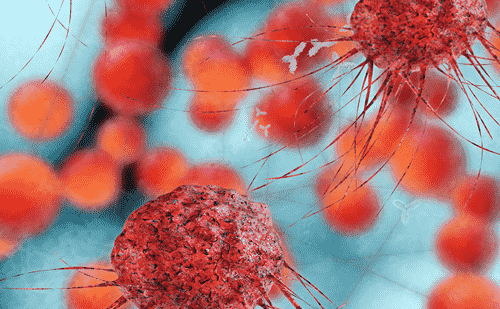touchREVIEWS in Oncology & Haematology – Volume 17, Issue 2 – 2021
Welcome to the latest edition of touchREVIEWS in Oncology & Haematology!
This edition explores the role of new agents and combination therapies in the treatment of non-metastatic castration-resistant prostate cancer, metastatic and recurrent cervical cancer, Waldenstrom’s macroglobulinemia, immunoglobin light chain amyloidosis and paroxysmal nocturnal haemoglobinuria. Immunotherapy has transformed the treatment of numerous solid tumours and haematological malignancies. This issue has a particular focus on new immune checkpoint inhibitors in multiple myeloma, advanced melanoma and metastatic triple-negative breast cancer.
We conclude with a case report, in which Abdeljelil et al. highlight the use of haplo-identical haematopoietic stem-cell transplantation in refractory Hodgkin lymphoma after a carmustine, etoposide, cytarabine and melphalan (BEAM) conditioning regimen.
We would like to thank our contributors for producing insightful and informative articles.
Enjoy and happy reading!





